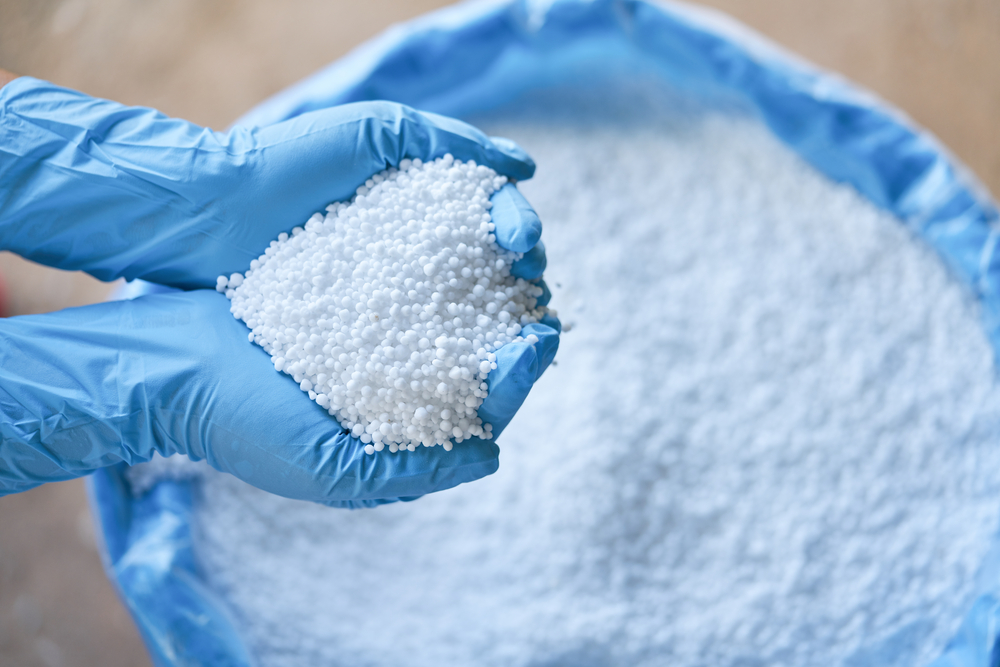Why We Don’t Simply Melt Urea and Apply It to Lawns

It’s a fair question many homeowners ask: why not simply melt urea and apply it to your lawn for a quick green-up? The answer lies in how urea behaves—and why our soil-first, regenerative approach is so different.
Why Melted Urea Seems Appealing—but Falls Short
Melted urea is highly soluble and releases nitrogen very quickly. This rapid nitrogen release triggers a burst of lush green growth above ground. However, fast growth often comes at the expense of deeper root development and stronger turf resilience. Grass blades grow softer and become more vulnerable to fungal diseases. Homeowners also find themselves mowing more frequently to keep up.
The Problem of Nitrogen Loss
Another major issue with melted urea is nitrogen loss. Urea converts rapidly into ammonium and then into ammonia gas if it’s not stabilized or watered in properly. Especially in warm weather, significant nitrogen can volatilize into the atmosphere, wasting product and harming air quality. Melted urea also leaches easily through the soil, posing a risk to groundwater.
Impact on Soil Microbes and Long-Term Lawn Health
Quick-release fertilizers like melted urea can also stress or harm beneficial soil microbes, especially when applied heavily or repeatedly. One reason is urea’s high salt index. Excess salts in the soil create osmotic stress, drawing water away from delicate soil microbes and plant roots. Over time, repeated high-salt inputs disrupt the balance of the soil microbiome, reducing the populations of helpful bacteria and fungi that drive nutrient cycling and natural disease suppression.
These microbes are crucial because they unlock nutrients bound in the soil, suppress disease-causing organisms naturally, and improve soil structure and water retention.
Lawns repeatedly treated with melted urea often become dependent on synthetic nitrogen inputs. Over time, soil organic matter declines, soil structure breaks down, and the lawn becomes more susceptible to drought, disease, and pests. It’s a treadmill of traditional lawn care: more fertilizer, more water, and more chemicals just to maintain appearances.
Our Regenerative Alternative
Instead of blasting lawns with pure urea, we choose low-salt, stabilized nitrogen sources that release gradually. We also include organic nitrogen sources such as corn gluten, coffee grounds, and chicken litter. These not only feed the grass but also nourish the soil microbes that drive healthy nutrient cycling.
In our HealthyLawn Program, we pair nitrogen sources with active carbon materials and biostimulants to enhance soil biology and nutrient efficiency. Environmentally, our proprietary blends reduce nitrogen loss by over 50%, helping protect local waterways from nutrient runoff.
Why We Don’t Melt Urea
We don’t simply melt urea because it’s the opposite of regenerative lawn care. Quick-release nitrogen might green up turf fast, but it damages soil health, wastes nutrients, and locks homeowners into an endless cycle of chemical inputs.
Our HealthyLawn Program is designed to build soil health, feed beneficial biology, reduce chemical dependence, and create lasting lawn resilience—the way nature intended.





